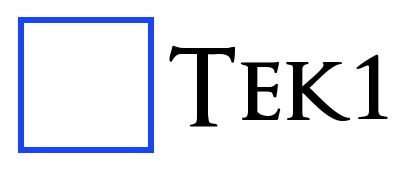Here we are going to explaining about the thing needed to focus on STRUCTURAL PLAN for precast detailing
- Width /Thickness of panel:
- Panel width and thickness should satisfy min structural requirement because structural engineer worked with that structural requirement of panel to provide building strength and stability. If we provide less than structural thickness and width then we cannot achieve strength and stability.
- Greater than structural thickness will come because of groove/pattern but it should not be less than structural thickness. (If groove/pattern returns on panel edge, raise RFI to confirm width extension).
- Mesh detail:
- Schedules created and specified its required type for each and every panel. Legend type need to take from plan and refer it with schedule.
- Refer reinforcement schedule if they provided or else refer handover reinforcement schedule. (if schedule missing please discuss with Builder)
- Grade of panel:
- Mostly plans shows direct grade value of panels
- Schedules created and specified its required grade for each and every panel. Legend type need to take from plan and refer it with schedule.
- For spandrels, they will not provide any values. In that case use 40MPa grade.(UNO)
- For columns, shear walls and cores grade to be referred from its respective schedule.

- Load bearing/ Non- Bearing of panel:
- These are decided by engineers and specify on structural plans
- Generally precast panels are
- Load bearing panel– Separate hatch will show or legend will show as LBP
- Non-load bearing panel– Separate hatch will show or legend will show as NLBP
- Partially load bearing panel-If they provided some distances only as LBP means then that remaining part of panel is non-load bearing. So that panel will be partially load bearing.
- In some special case if structural engineer instructs to refer any drawings, we must refer that drawing for NLBP/LBP region
- As default spandrels are NLBP but don’t show it on panels.

- Slab thickness:
- Thickness of slab provided in this plan
- Extent of Folding on slab profile values also given in this plan
- For critical profile draw slab profile in 1:1 ratio
- If no step ups/down slab thickness provided, in that case use minimum slab thickness value along with step value. (If hidden line step occurs on under-side of slab and if continuous line step occurs on upper side) – Those details are clearly visible only on PDF.
- Stair landing slab thickness usually not given in stru plan, we need to refer that from relevant stru stair drawing
- Most of cases nominal slab thickness for particular level will be noted in its title sheet. So PDF reference is must.
- If Sectional details provided, it must be refer for additional information

- Temporary movement joint/construction joint:
- A line with legend for temporary movement/ construction joint shown in structural drawings
- We need to consider this while providing panel breakup because slab pouring sequence may change and it will affect panel
- In case no other way to provide breakup at those location, we need to detail our panel profile based on joint location
- It must be consider while providing props location/ GT breather face.
- Temp connection is not needed when precast seat on different pour.

- Extra reo details :
- Sometimes structural engineer requires additional reo specification for certain panels
- In this case they provide separate elevation with drawing number, we have to go through that elevation and provide reo for our panel
- In plan itself they provided excess reo detail
- Some indication will provide for additional reo detail and that relevant detail will be provided on title sheet.
- Sometimes structural engineer requires additional reo specification for certain panels


- In-situ connection detail:
- Precast that are connecting with in-situ will be highlighted in handover & structural drawings.(it differs only on some special cases)
- Separate drawings or sectional detail provided for connection between insitu and precast. We need to study and collect connection information from it.
- If Precast connects with in-situ and connection details not provided means we have to raise TBC for it.
- If NLBP connects with in-situ we must confirm with Builder

- Slab profile type:
- Slab profiles are determined and highlighted in special legend.
- Those determined profiles are classified as different types and provide it in a separate drawing
- By study those type and legends sometimes we need take slab profile cut values and folding values for slab profile


Leave a Reply